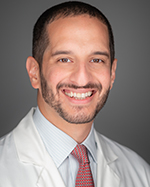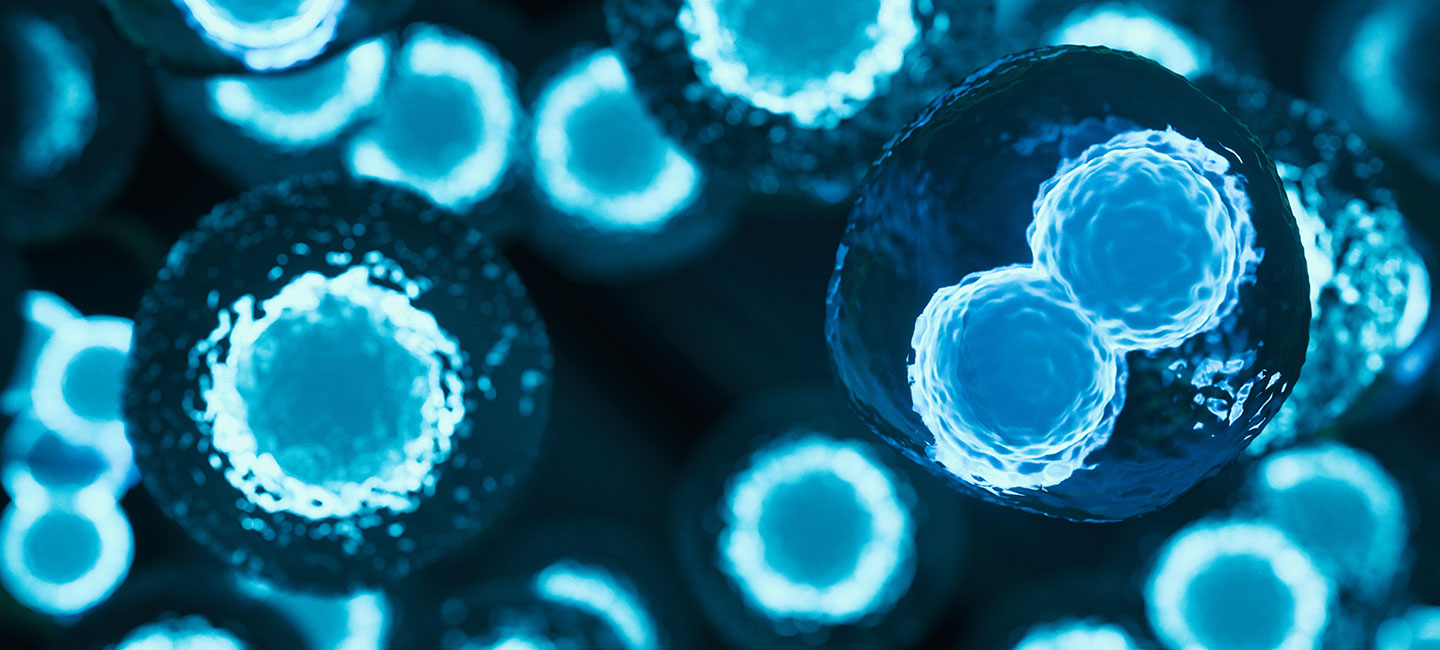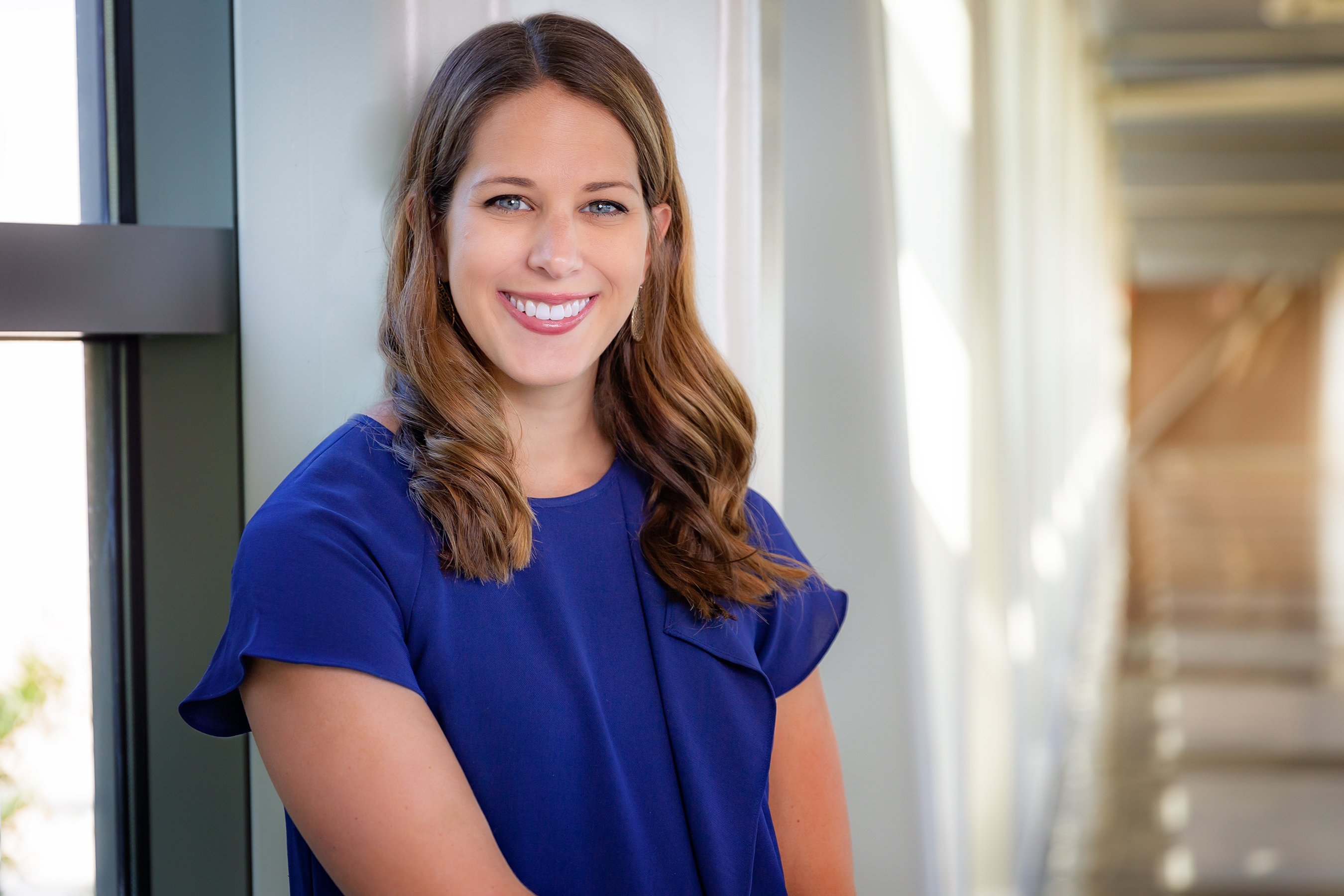Moffitt Investigates First-of-Its-Kind Cellular Therapy in MDS Patients
Myelodysplastic syndromes (MDS) are conditions that occur when the blood-forming cells in bone marrow become abnormal. In about 1 in 3 patients, MDS can progress into an aggressive bone marrow cancer called acute myeloid leukemia.
The only cure for MDS is a bone marrow transplant. Prior to transplant, some patients must have chemotherapy to wipe out the disease. If the chemotherapy doesn’t work, patients cannot undergo transplant and have a very poor prognosis. Patients whose MDS progresses into acute myeloid leukemia also have a very low survival rate unless they are eligible for a transplant.
How can doctors get these patients who fail initial treatment to transplant?
Historically, the induction chemotherapy regimen for acute myeloid leukemia has not worked well in MDS patients. So, the Blood and Marrow Transplant and Cellular Immunotherapy Program at Moffitt Cancer Center investigated if adding a cellular therapy to the treatment would make it more successful.

The program developed a novel cell therapy that uses a donor lymphocyte infusion to try and boost the patient’s immune system to target and kill the cancer. Unlike in a bone marrow transplant, this therapy uses a donor that is intentionally mismatched. It’s very easy to find a mismatched donor and it causes a stronger immune response.
The downside of using a mismatched donor is an increased risk for graft-versus-host disease, a systematic disorder that occurs when the donor’s immune cells attack the patient’s cells. To prevent this from happening, the donor’s cells are modified by removing CD8 T cells, which are required for causing graft-versus-host disease.
Without CD8 T cells, the donor cells don’t stick permanently in the bone marrow. They usually disappear after a few weeks — just enough time to activate a patient’s immune system to destroy the cancer and get the patient into remission so they can then receive a bone marrow transplant.
A phase 1 trial at Moffitt investigated the safety and proper dosing of the treatment in nine patients. The results, presented at the 2022 American Society of Hematology Annual Meeting, show none of the patients got graft-versus-host disease and the treatment was safe and well tolerated. Disease responses improved as the treatment dose increased. Three of the nine patients made it to transplant, including two of the three patients who received the highest dose level.
“This is a treatment that has never really been done before. There are a lot of different types of cell therapy out there, but this is a unique approach with promising results that is only available at Moffitt,” said Dr. Hany Elmariah, the study’s principal investigator.
Phase 2 of the study is currently open and will treat 10 additional patients over the next year.
“Our goal is to get patients into remission who otherwise couldn’t so they can still come to transplant,” said Elmariah. “It’s so extremely important because the more patients you get to transplant, the more you cure.”



